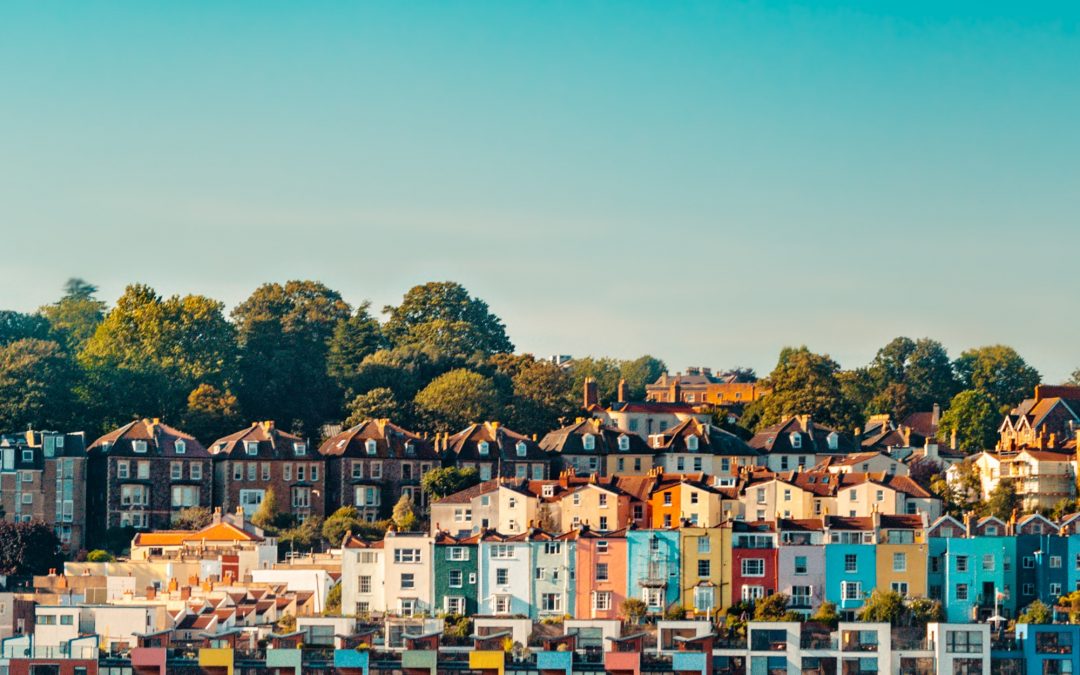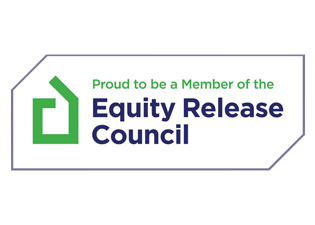-
London’s average house price now stands at £483,100 – 13x typical earnings
-
Prices remain high in likes of London and Cambridge, but ratios improving
-
Ongoing uncertainty over Brexit weighing on prices, Zoopla claims
Britain’s most expensive cities are gradually becoming increasingly affordable, research suggests. In London, where the average cost of a home is £483,100 a buyer needs to be earning just over 13 times more than a typical Londoner’s £37,100 a year salary. The salary required to buy a home in London is still out of reach for many, but house price affordability in the city has returned to levels not seen since mid-2015, Zoopla’s latest findings suggest.
Oxford and Cambridge require the highest incomes of anywhere outside of London to buy a home, however, the income needed to purchase has also fallen in these high-brow university cities. In Cambridge, where the average cost of a home is £427,900, buyers need to be earning around 12 times more than the average £34,900 annual salary in the city.
Meanwhile, some traditionally cheaper cities in the north of the country are becoming less affordable than their southern counterparts, when looking at local house price growth levels against average salary rises in the area. Richard Donnell, research and insight director at Zoopla, said ‘Although the likes of London, Oxford, Cambridge are at their most affordable levels in four years, the price to earnings ratio remains well ahead of the 20-year average. Some cities to the north of England and Scotland are more affordable now when compared to 2007 but, with more scope for future house price growth, the price to earnings ratio is set to rise slowly in the coming years.’
Delving deeper into what is happening in London, Mr Donnell said ‘There has been a clear downward trend in the ratio of house prices to average earnings over the last 2 years. However, the scale of improvement is relatively modest. While welcome news, the gap between earnings and prices needs to close further in order to make a material difference to would be purchasers.’
There are 12 cities across the country where the annual growth in house prices is below the growth in average earnings, which is currently running at 3.7% higher than a year ago. Cities like Bournemouth, Bristol, Portsmouth and Southampton have also become slightly more affordable, as the pace of house growth has slowed and is being outstripped by pay packet boosts. That said, in Bournemouth, where property prices have risen by just 1% to an average of £293,100 in the last year, buyers still need to be earning over nine times more than the typical £30,000 salary of a worker in the city.
Meanwhile, after a ‘spectacular boom and bust’ in Belfast’s house prices, the price to earnings ratio in the city has stabilised, at five times higher than the average salary in the city. Edinburgh and Cardiff have ratios that have tracked the UK average over time, while four cities, namely Belfast, Glasgow, Aberdeen and Newcastle, have ratios that are still below the 20-year average.
Zoopla said ‘This analysis re-confirms the weaker outlook for house prices in the most unaffordable cities where the ratio between house prices and earnings needs to further realign. In the absence of any external shocks to demand, this is most likely to result from flat house prices and continued growth in earnings. Lower turnover has created a scarcity of housing and this has reduced the downward pressure on prices. This means the improvement in affordability is set to be drawn out over a period of time.’
What’s happening to house prices in Britain’s cities?
In the last year, the average cost of a home in Britain’s best-known cities rose by just over 2%. Cities including Edinburgh and Liverpool have both continued to see property prices rise well above the average rate for the country’s 20 biggest cities, both climbing by 5.8% in the last year.
In Aberdeen, where the average cost of a home stands at just over £160,000 house prices have slipped by 4.8% in the last 12 months, marking the biggest drop of all cities reviewed by Zoopla. The property market in the city, which is highly dependent on the oil industry, has been hit by declining oil and gas prices.
Meanwhile, average house prices in Birmingham have fallen by 3.5% to £167,000 in the last year, representing a sharp drop when compared against the 5.3% increase seen a year ago. In Birmingham, demand has failed to keep up with the flood of homes coming up for sale in the city, according to the findings. Other cities with slower house price growth than a year ago include Leicester, Nottingham, Sheffield and Glasgow.
Looking ahead, Zoopla said ‘House price growth has slowed more recently on weaker activity and increased uncertainty over the near-term outlook. This is likely to build further over the autumn until there is greater clarity over the Brexit process and the implications for the economy.’
Last week, stemming from an interview conducted with The Times, rumours circulated suggested new Chancellor Sajid Javid was looking to shift the burden of stamp duty from buyers to sellers. However, a day later, Javid posted on Twitter to state that he had no plans to implement this change.
The country’s housing market has been propped up by widely available cheap mortgage deals and schemes like Help to Buy in the last few years.
[Source: Mail Online, 23 August 2019]
Want to know more? Get in touch!







